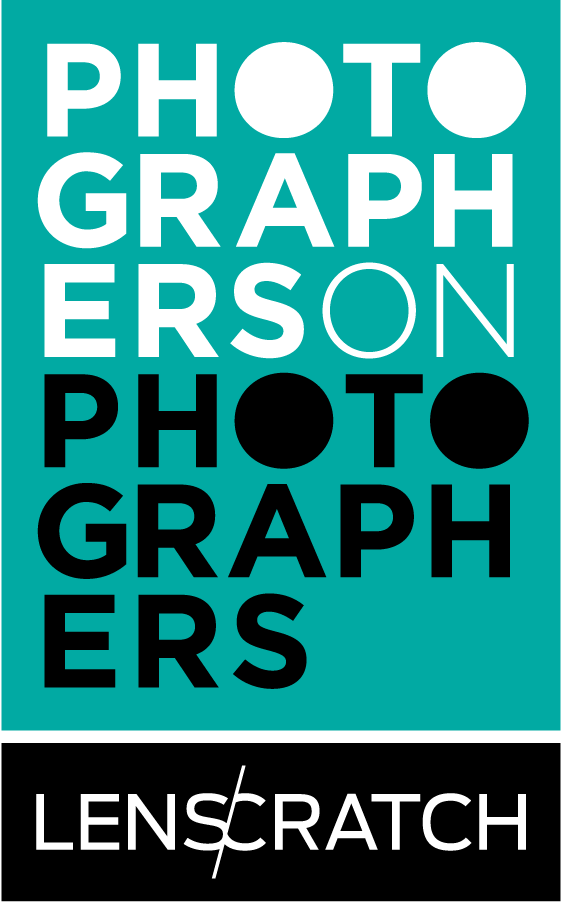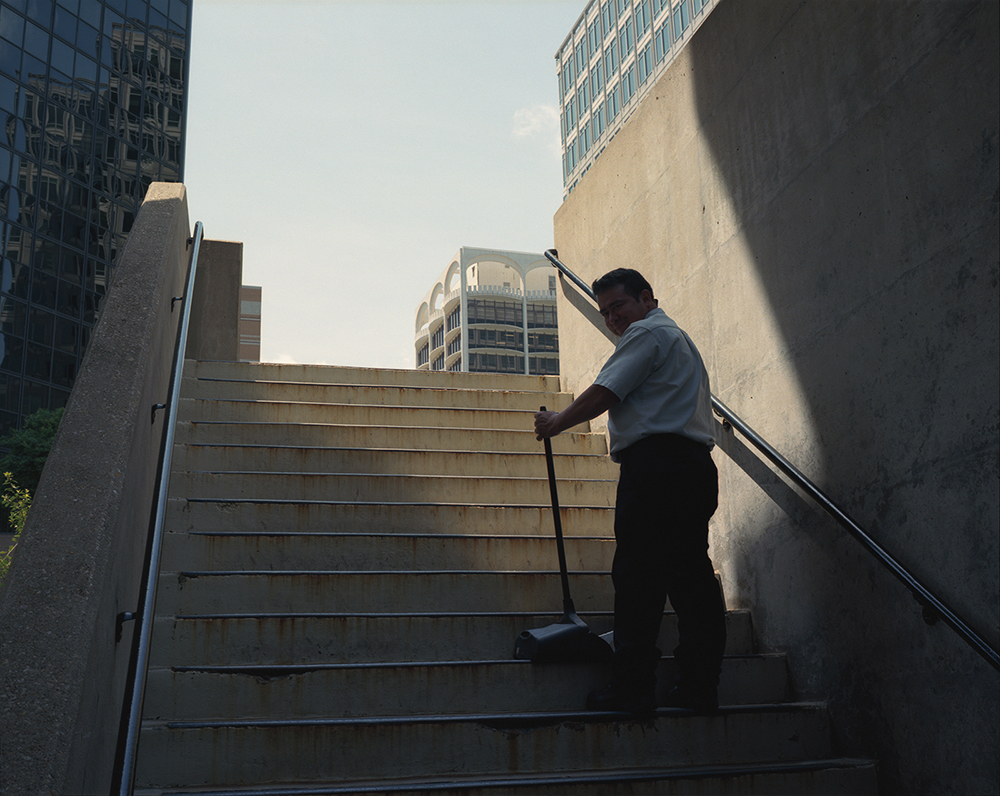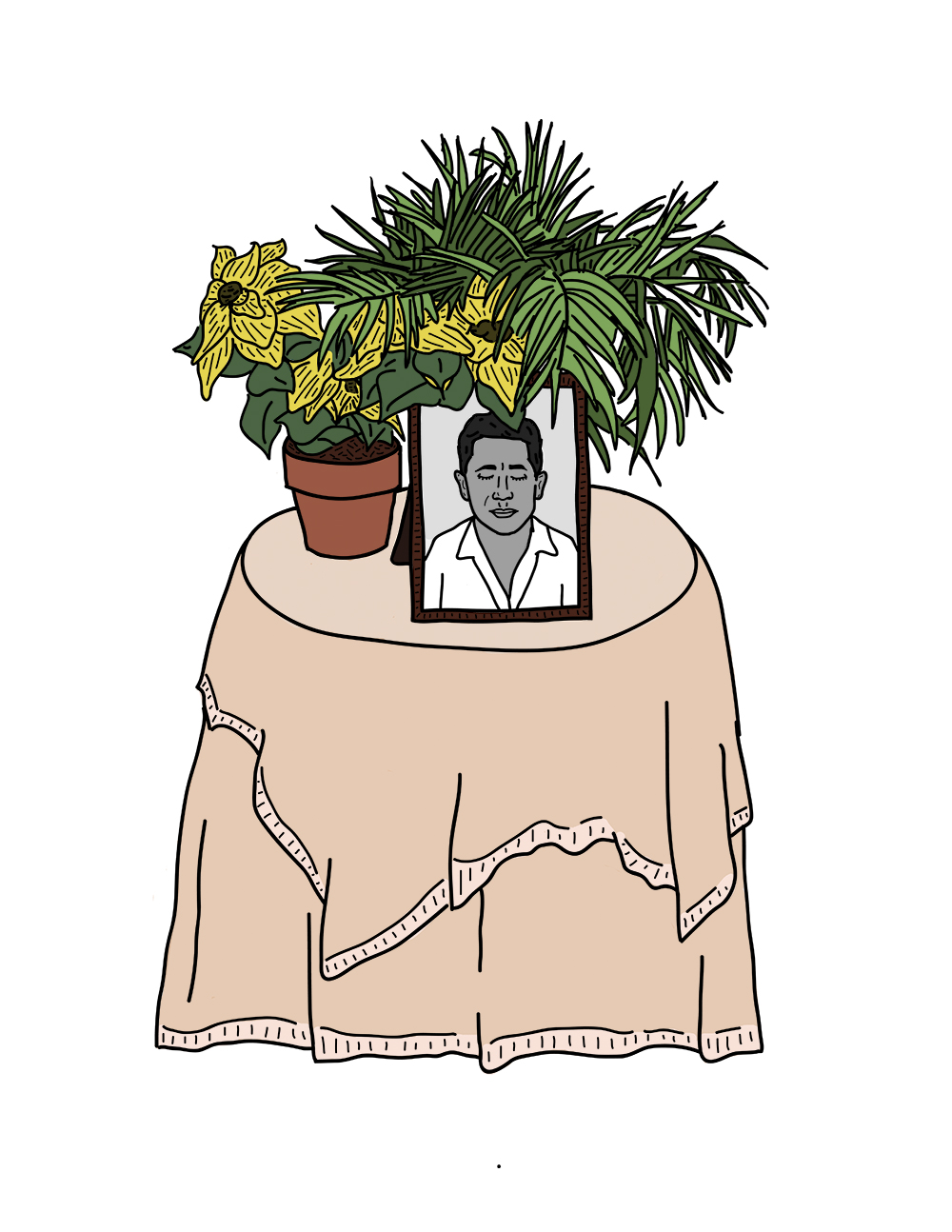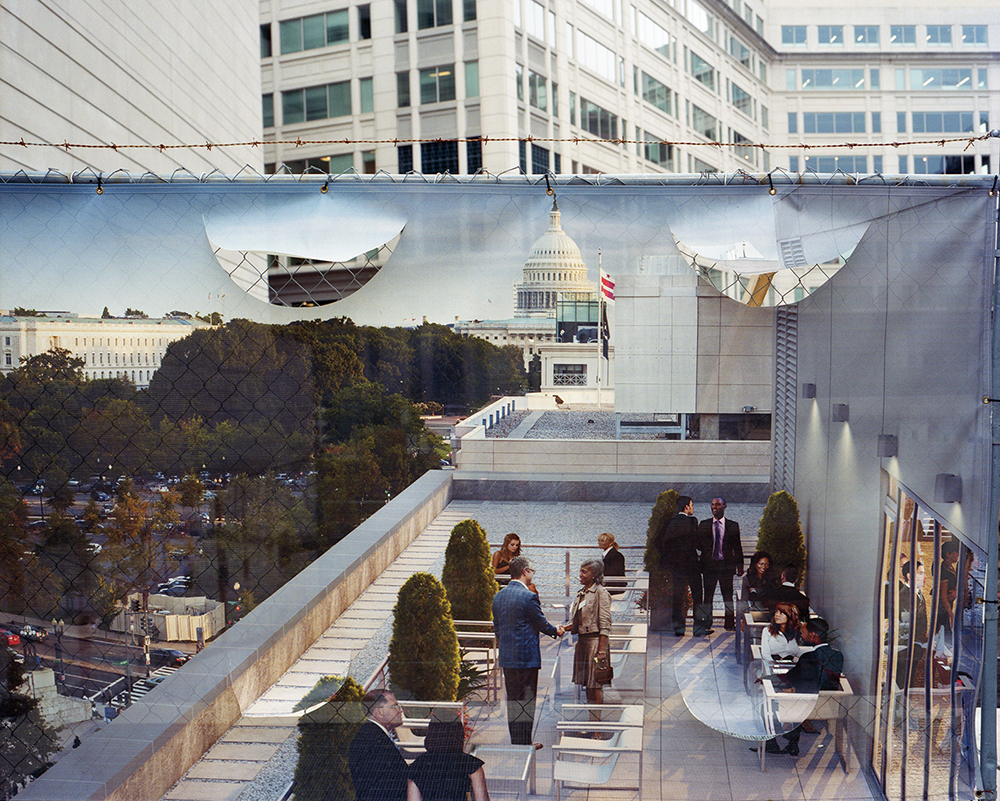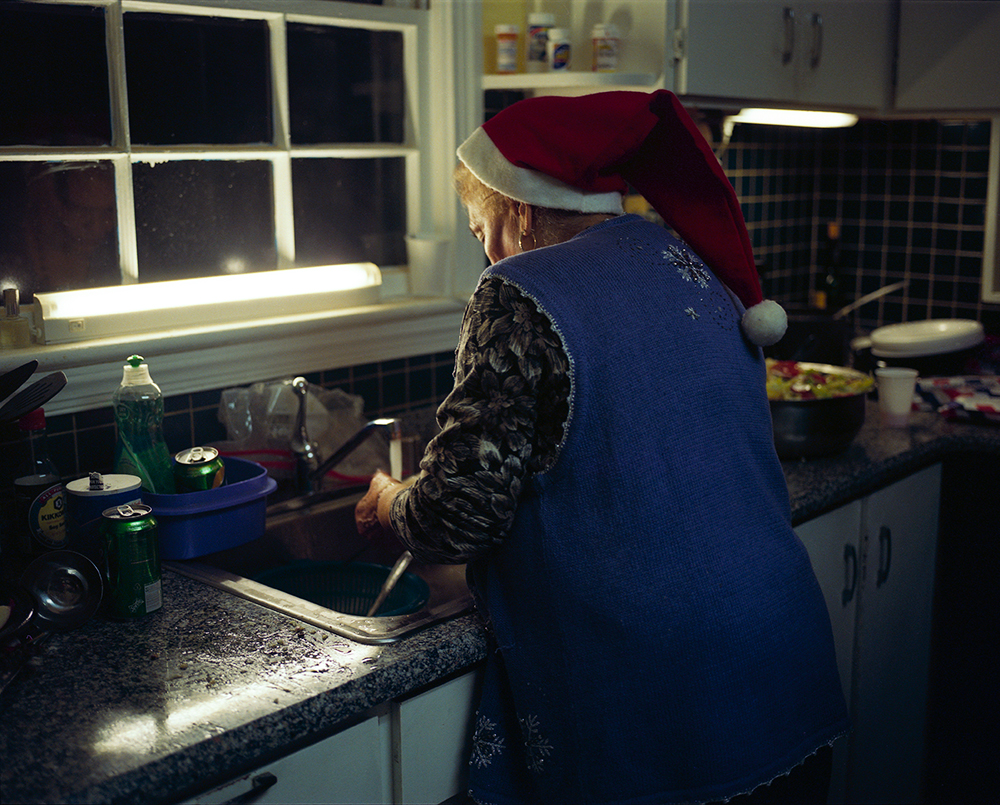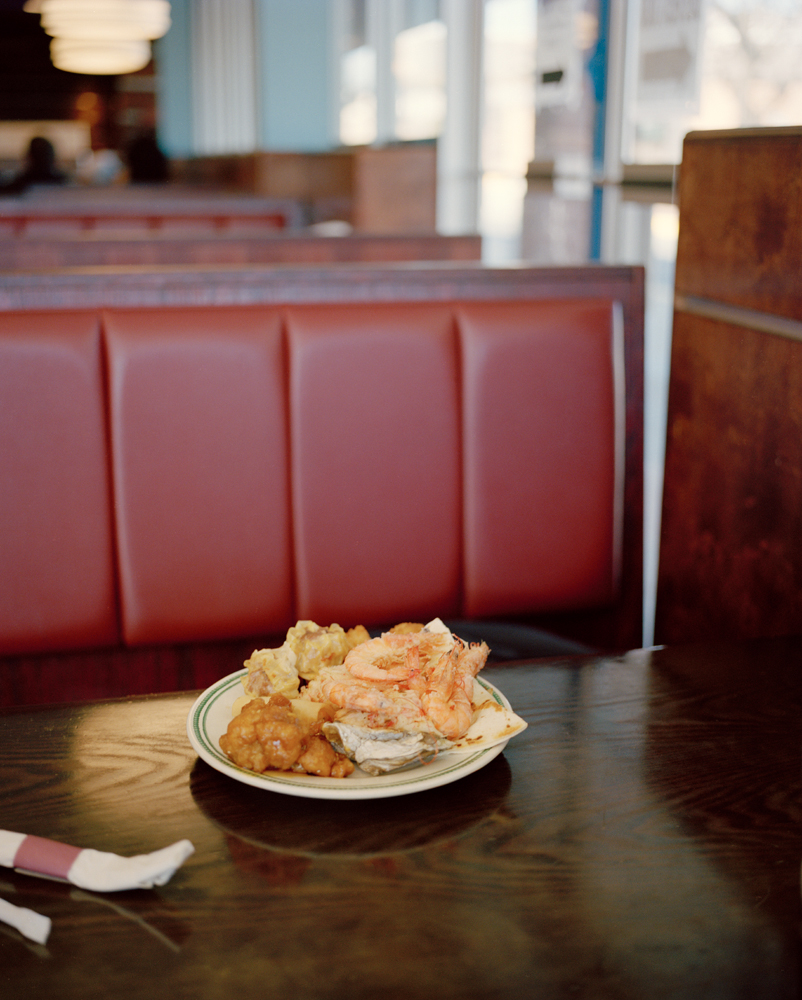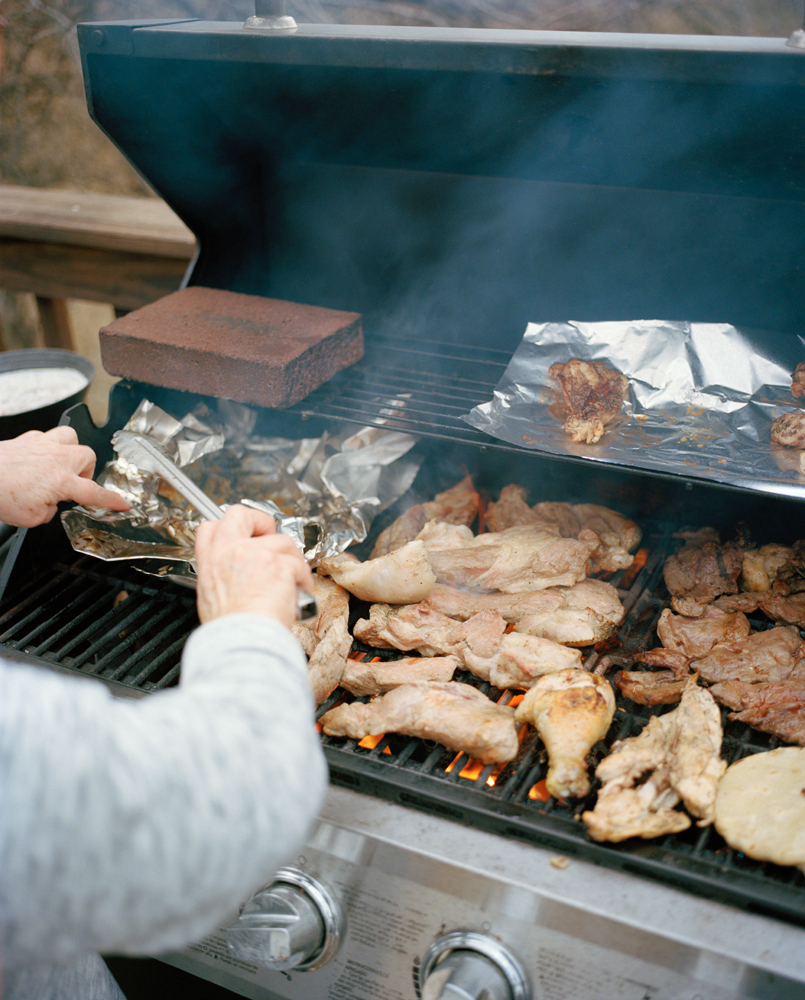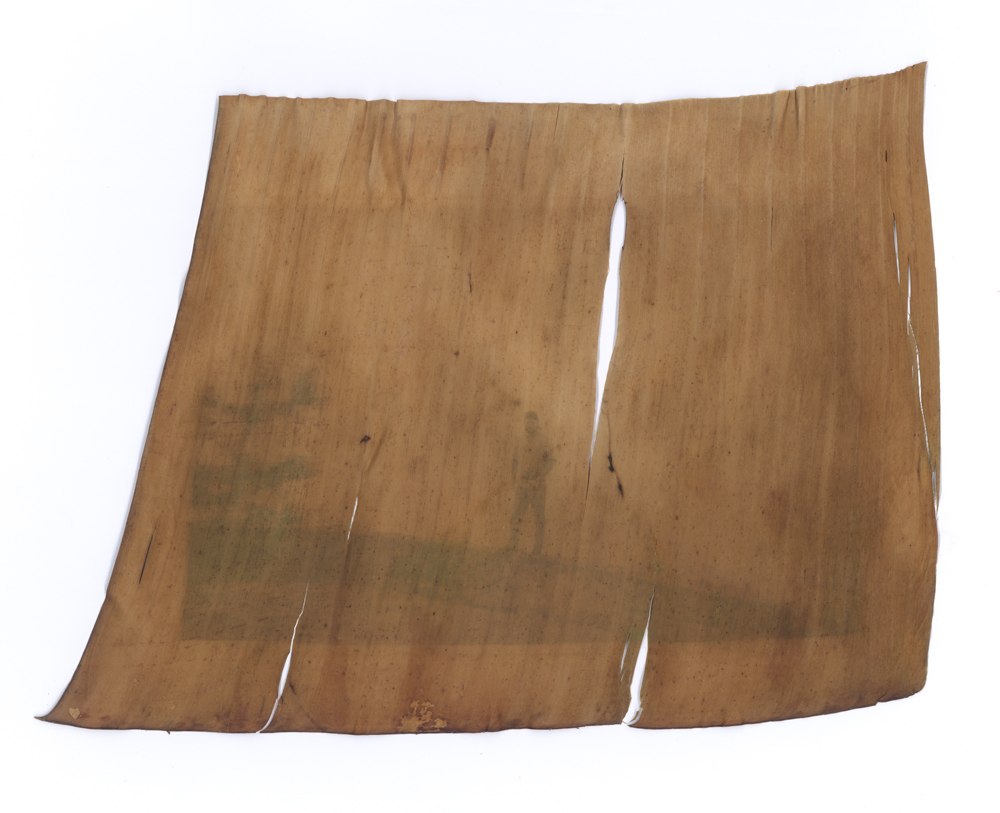Photographers on Photographers: Eddy Leonel Aldana in conversation with Veronica Melendez
I can’t quite remember when I got to meet Veronica Melendez in person for the first time. During my sophomore or junior year, one of my professors had suggested that I look at her work for inspiration because she had been making work about her family and had graduated from the same school I was attending a few years prior (shoutout to the Corcoran, woop woop). Her project, Le Pido a Dios, reminded me so much of my upbringing and each image feels like listening to someone tell a really beautiful story. I feel like this carries through to all of her other photographs and drawings, and I can’t help but feel at home when looking at them. She and I share a few similarities from our family’s backgrounds to sharing experiences about growing up in the D.C. area and being very family oriented. I’ve gotten to know her over the past few years because of her work over at La Horchata Zine and the advice and help she has shared along the way. She is a constant inspiration and I hope this interview helps to show you why.
Eddy Leonel Aldana is a photographer and artist from Clarksburg, Maryland. He is a first generation Guatemalan-American and is currently based out of Lincoln, Nebraska where he is currently pursuing his MFA at the University of Nebraska-Lincoln. He graduated from the Corcoran School of the Arts and Design at George Washington University in 2017 with his BFA in Fine Art Photography. His work has been heavily influenced by the passing and memory of his late father and has recently been working with ideas about the Central American Diaspora, the Guatemalan Civil War, and his family’s emigration to the United States.
Veronica Melendez is a visual artist based out of Washington D.C. From illustrations of iconic household products to photographs documenting the diaspora of Central Americans within the D.C. metro area, her work is greatly influenced by her Latinx upbringing. Having been raised in D.C within one of the largest Central American communities in the United States her work gives a platform to a voice that is often marginalized and serves as a powerful reminder of the importance of culture and representation in art. Veronica is also a founder of La Horchata Zine – a seasonal arts publication highlighting creatives with Central American ancestry.
Eddy Leonel Aldana: How did you get into photography?
Veronica Melendez: I got into photography towards the end of high school in 2006. That year I went to several immigration reform protests in D.C., I’d take the metro from Wheaton, MD to the National Mall and bring along a digital camera. I very eagerly photographed anything and everything. Learning how to isolate specific moments happening within a massive demonstration really resonated with me. Finding photography at this time allowed me a sense of control and stillness in what was an otherwise chaotic 16 year old’s life.
ELA: We both grew up in the suburbs of DC and you’ve lived in DC for a while now, What made you decide to go to school for photography? And what was it like to go to college near where you grew up? What has kept you in the area?
VM: Going into my first year at The Corcoran I was already very certain I wanted to study photography. Out of all the mediums I had tried up until that point, photography always felt like an extension of myself.
Going to college by where I grew up really shaped me as an artist. The large Central American community in the D.C area has been and still is a foundation for my artwork. My experience growing up around D.C, my parents migrating here in the early 80’s fleeing civil war, my family making this city home, all of it has shaped how and what I do as a creative. As a student photographer being so close to home, I always felt comfortable photographing around DC and its suburbs. Having the homebase advantage really allowed me access to photograph communities others may have had a hard time tapping into. During this time I really explored and pushed the boundaries of what it meant to be a Photojournalism major at an art college for me.
ELA: You and I are both kids of Central American migrants, and for me my family is everything. Is your family supportive of your art?
VM: My family has been very supportive of my art. They’ve allowed me to photograph them for over 10 years and I can’t think of a single time they’ve told me to put my camera away. They really have embraced me and my photography without hesitation. And when I say family I don’t just mean my immediate family- I’m talking about my grandparents and their 8 daughters and 20+ first cousins who at one point almost all lived in Montgomery County, Maryland. Realizing the power of photography when it comes to telling our own stories has played a big role in this dynamic.
ELA: What was your experience like getting your MFA compared to your BFA? And was your family supportive of your decision to go to art school from the beginning?
VM: Getting my BFA felt like the warm up to a very intense game of what was getting my MFA. Undergrad never had a sense of urgency. It was all about figuring out what your medium of choice was and what you enjoyed doing within those boundaries. Getting an MFA felt way more high stakes from the get go. I found myself crying in my first critique in front of all my new classmates + Alec Soth who was the person leading the critique. I felt mortified. I soon realized getting this emotional in a critique was not unusual in MFA world. Everything just felt so much more intense and personal and I had to learn to be vulnerable with my art and actually talk about really personal things that I hadn’t realized were relevant to what I was creating. It was really difficult for me. But I learned a lot throughout all of it and don’t regret it at all.
I have been very fortunate to have the support of my parents throughout most of my time making art. There was definitely some push back from my mother in the beginning- mostly out of concern of how I’d be able to survive financially after studying photography (still figuring that out hah). Ultimately seeing how much my art meant to me was enough for my parents to understand and support me.
ELA: In art and art history courses we are primarily taught about the countless white male photographers while they are put on a pedestal for us to idolize and make work with them in mind. Before we had the chance to meet, a few people, including our beloved Muriel Hasbun, had told me to take a look at your work. I had seen your project, Le pido a Dios and I was so excited to see a project with people that looked like my family. How important do you think representation and inclusion is for young latinx artists who want to be part of this white and male dominated medium?
VM: I am a firm believer that representation is so very critical for the development of young artists. Being able to see yourself not only in the art you’re learning about but also in the professors you are learning from, is so important. It’s a source of inspiration, motivation, and affirmation- something I felt, as a young artist navigating a very white higher education system, I desperately craved.
ELA: What would you say to latinx individuals, especially young people, who want to be artists and photographers?
VM: I would encourage them to keep making art. Our perspectives and creations matter! And we have to keep taking up space in the art world. Don’t let these predominantly white institutions discourage you- they aren’t the gatekeepers nor the definers of what are acceptable forms of art.
ELA: You and fellow Corcoran alum, Kimberly Benavides, launched La Horchata Zine almost three years ago now, what is La Horchata Zine and how did it start? How has social media helped to get the word out about La Horchata?
VM: La Horchata Zine is a seasonal arts publication that features artists with Central American Ancestry. We primarily focus on artists found in the diaspora but are also interested in bridging the gap between artists who live in Central America and those living in the diaspora. This magazine came into existence as a way to make space for Central American artists. We wanted to have a printed publication where we could find community and see ourselves and our art. There are plenty of art publications that focus on a general Latinx art community but none we had come across that focused on Central American artists. Instead of waiting around for one to be created, we decided to start our own- with a small xerox machine, paper, and a long reach stapler.
Instagram has been a huge help in spreading the word about our publication. Because of social media we were able to grow La Horchata from featuring only D.C artists to featuring artists based across the U.S and beyond. When we started this magazine never did I imagine we would be able to build community with Central American artists living outside of D.C., not to mention outside of the U.S. Social media has really made distance a none issue for us and we hope to continue connecting with Central American creatives based all over the world.
ELA: Your drawings feel like memories to me, like trying to remember what something or someone looks like and smells like, where did the inspiration come from for the drawings you have been making? And how do you decide what you draw versus what you photograph, or do they sort of inspire one another?
VM: I really like that take on my drawings- they definitely all play with memory. A lot of what I draw comes from a place of wanting to preserve a feeling and focus on it. For example this can look like a drawing of a purple cleaning solution that just the color of it reminds me of waking up on Sunday mornings to my dad listening to salsa (at amazing levels of volume) while cleaning the house. I make a simple drawing of the purple cleaning solution- choosing not to write the label because it’s not important. What is important to me is that just by looking at that shape and color I can smell what those Sunday mornings used to smell like in my house growing up. I choose to visually isolate a person, thing, or moment that means something to me and re- present it as a symbolic image.
Usually there is no deciding factor between the two mediums and they happen pretty seamlessly. There are times I photograph and then draw a thing- or sometimes it just stays a photograph but it hardly ever just starts as a drawing without some sort of photographic inspiration first.
ELA: Do you have any projects you’re continuing or starting on at the moment?
VM: I am currently working on a project about my mother and her sisters. I plan on creating a photo-book that documents their individual migration stories. My grandmother had 8 daughters and they all migrated to D.C. in the 80’s and 90’s. I am going to use old family photographs, illustrations, texts, and photographs taken in the present day to create space for their stories.
ELA: Describe your perfect day.
VM: In pre-pandemic times I loved going on long drives via non-highway roads. A bit of aimless wandering and eventually finding myself in a small rust belt town making photographs while exploring..accidentally stumbling upon a small coffee shop that roasts their own coffee. And finishing the day with taking photos of the sunset with the landscape sweeping by on the way home.
The perfect day now feels like driving out of the city and doing anything nature related!
ELA:What are you listening to right now?
VM: These days I’ve been listening to Mulatu Astatke, Bad Bunny, Angel Olsen, and Helado Negro
Keep up with Eddy here:
eddyleonelaldana.com / @eddyleonelaldana
Keep up with Veronica here:
veromelen.com / @veromelen and @lahorchatazine
Posts on Lenscratch may not be reproduced without the permission of the Lenscratch staff and the photographer.
Recommended
-
Photographers on Photographers: Congyu Liu in Conversation with Vân-Nhi NguyễnDecember 8th, 2025
-
Linda Foard Roberts: LamentNovember 25th, 2025
-
Arnold Newman Prize: C. Rose Smith: Scenes of Self: Redressing PatriarchyNovember 24th, 2025
-
Spotlight on the Photographic Arts Council Los AngelesNovember 23rd, 2025
-
The Aline Smithson Next Generation Award: Emilene OrozcoNovember 21st, 2025


